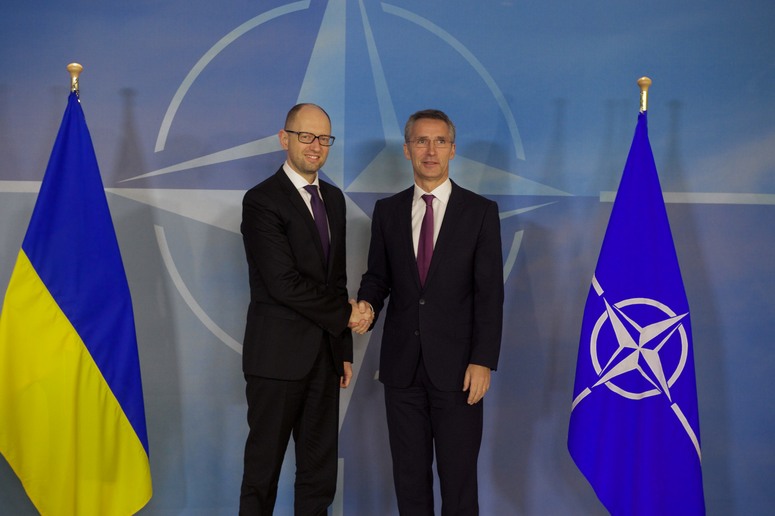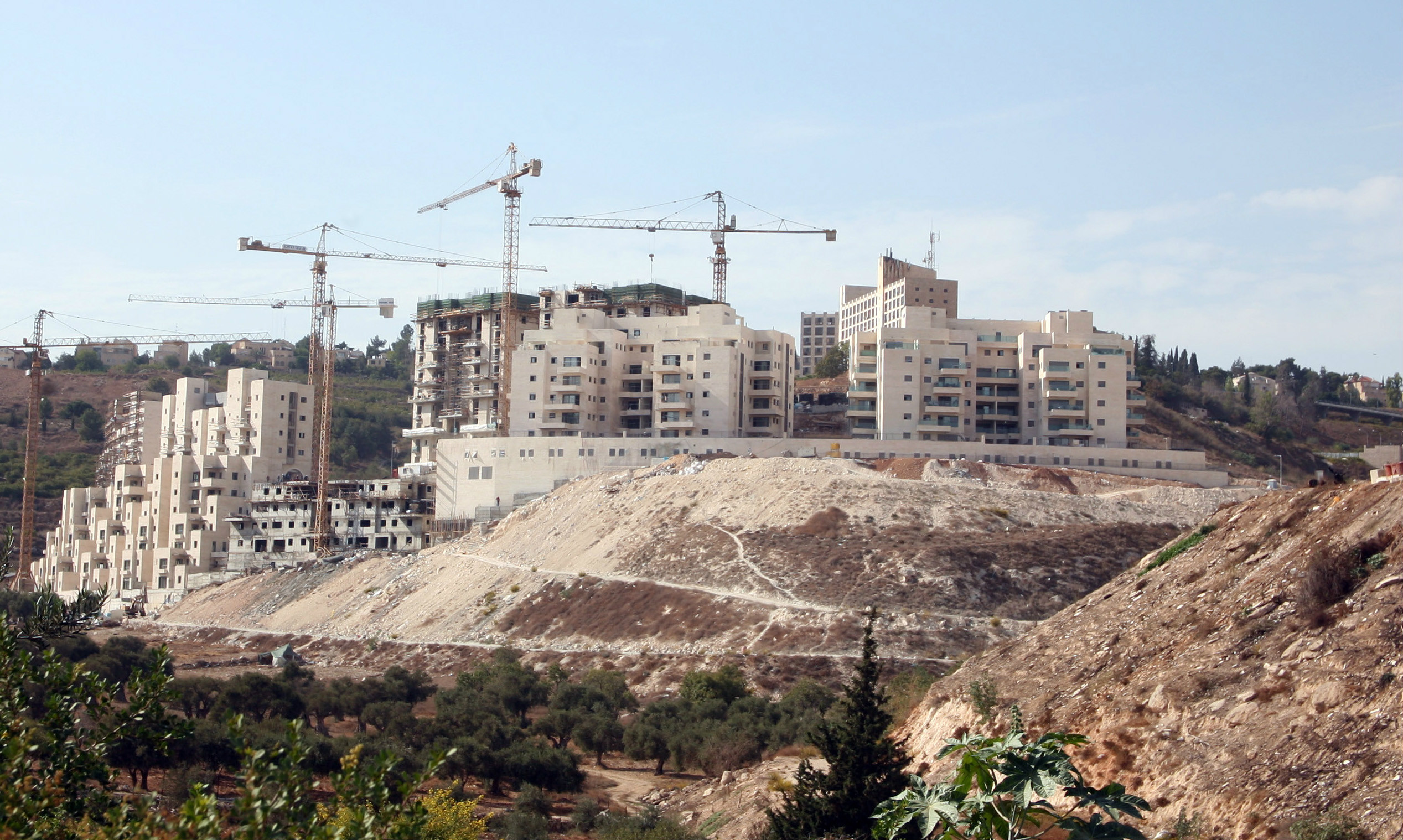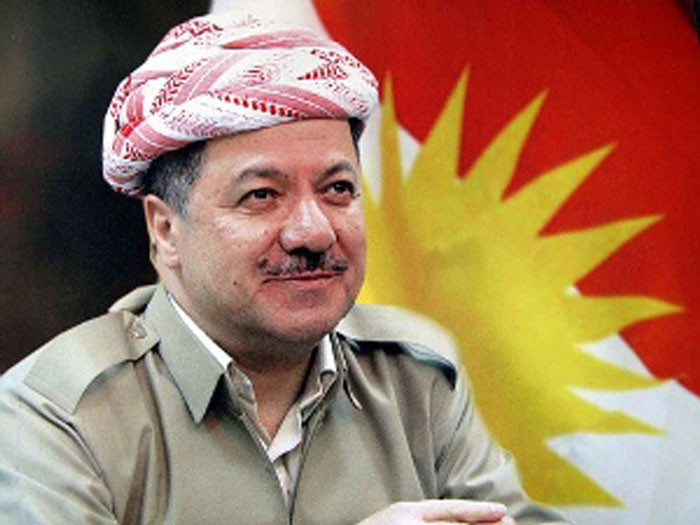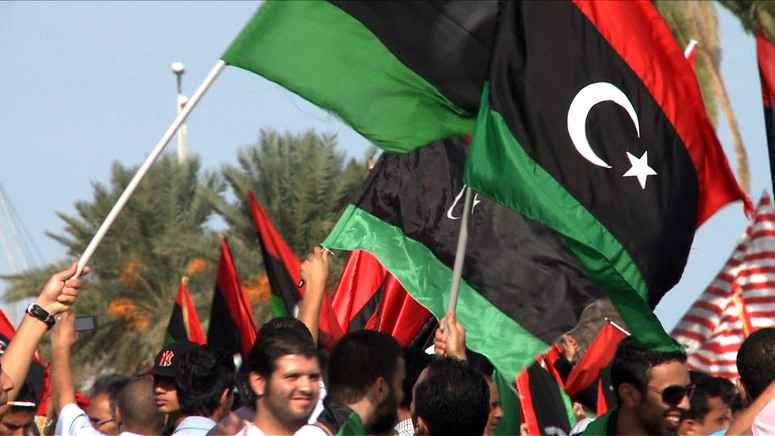 Canada and Ukraine have had a long history together. Ukrainian immigrants have been coming to Canada since the 19th century giving Canada the third largest Ukrainian population outside of Ukraine and Russia. Canada also was one of the first nations to recognize Ukrainian independence when it broke from the Soviet Union in 1991. It is completely justifiable that Canada has been at the forefront of international support since the armed conflict began in Eastern Ukraine. It has been providing economic and non-lethal assistance since February 2014, yet calls have risen for Canada to begin selling arms to Ukraine in order to equip them properly to fight against Russian backed rebel forces.
Canada and Ukraine have had a long history together. Ukrainian immigrants have been coming to Canada since the 19th century giving Canada the third largest Ukrainian population outside of Ukraine and Russia. Canada also was one of the first nations to recognize Ukrainian independence when it broke from the Soviet Union in 1991. It is completely justifiable that Canada has been at the forefront of international support since the armed conflict began in Eastern Ukraine. It has been providing economic and non-lethal assistance since February 2014, yet calls have risen for Canada to begin selling arms to Ukraine in order to equip them properly to fight against Russian backed rebel forces.
Beginning March 1st2014, Canada, along with the United States and Europe, issued the first in a series of statements aimed at distancing itself from Russia and supporting its allies in Eastern Europe. Thereafter, Canada formally condemned Russian involvement in Ukraine and its involvement in the referendum in Crimea. This step was followed by the suspension of military exercises scheduled to take place between Canada and Russia. Economic and travel restrictions were ultimately placed on Russian and Ukrainian officials who were involved in the annexation of Crimea. These first set of actions took place in response to the Russian occupation and annexation of Crimea. Support from Canada came in the form of statements condemning Russia’s actions and financial support meant to strengthen the Ukrainian government and the upcoming elections. It was not until April 7th 2014, when pro-Russian separatists took control of Donetsk, Luhansk, and Kharkiv, that Canada began sending military aid. Additional sanctions were released that were much broader in scope than the first set, targeting Russian officials and businesses.
Since January 2014 Canada has provided Ukraine with over $568 million in loans. The money has since being divided between stabilizing the economy, initiatives to strengthen democracy and civil society, election observation missions, development aid, and military aid. The country has also supplied sizable military support: six CF-18 fighter jets, two warships, and over 400 troops have been deployed to NATO Headquarters and throughout Central and Eastern Europe to aid in training and promote security and stability in the region. Up to now all of Canada’s military assistance has been non-lethal. Assistance has come in the form of training soldiers, participating in military exercises, and providing supplies ranging from night vision goggles to Gore-Tex boots. Since aid began flowing in to Ukraine, Canada has not supplied the Ukrainian army with weapons of any kind, but pressure is growing from various factions to do so.
There have been three main voices calling for lethal aid: Former Russian Prime Minister Mikhail Kasyanov, Former Ukrainian Secretary of Defense Andriy Parubiy, and NATO’s top military commander General Phillip Breedlove. All three have said that Canada, along with the United States and Europe, need to start supplying military aid to Ukrainian forces in order to show Putin that the West is prepared to engage with him on a serious level. Right now there is strong opposition from the European Union to providing lethal aid to Ukrainian forces. Many European leaders believe that this move would further escalate tensions with Russia. In fact, European opposition has been so vigorous even with pressure from the United States Congress who passed a resolution urging President Obama to provide the Ukrainian military with lethal aid. Strong European opposition combined with the current ceasefire between the Ukrainian government and the forces in rebel-controlled Eastern Ukraine, are giving President Obama reason to delay lethal aid and continue on his current path of economic sanctions.
There have been, however, signs of violations of the current ceasefire and if it were to fall apart, Obama might be forced to reconsider his decision and begin to send military technology to the country. If the United States began sending aid, Canada might be more open to the idea of following suit and providing its own technology. Such a decision would entail the deployment of personnel in both training and operational capacities. In the current climate, such an escalation could face serious opposition in the Canadian Parliament.
Canada has been a staunch supporter of Ukraine since the conflict began. Prime Minister Harper even attended the newly elected President Poroshenko’s inauguration in June 2014. Since then tensions have continued to escalate in the region and may continue to do so even without the prospect of increased military intervention so feared by EU leaders. In his meeting on March 23, 2015 with NATO Secretary General Stoltenberg the Prime Minister reaffirmed Canada’s commitment to the resolution of the situation in Ukraine. Right now there are two courses of action available to Canada. Firstly, Canada can continue to provide non-lethal aid and training assistance. Secondly, as the situation changes, Canada can send its forces and military weapons technology into combat which would be a stark departure from their current mandate and would most likely face strong political opposition.
Canada has been deeply involved in Ukraine since the crisis began and has been a great ally with their efforts to supply non-lethal aid. Now that there have been calls for Canada to supply lethal weapons, Canada can either ignore or begin to supply stronger military aid. If the current ceasefire does fall apart then this will become a real question that Canada, along with Europe and the United States, must be ready to confront.




